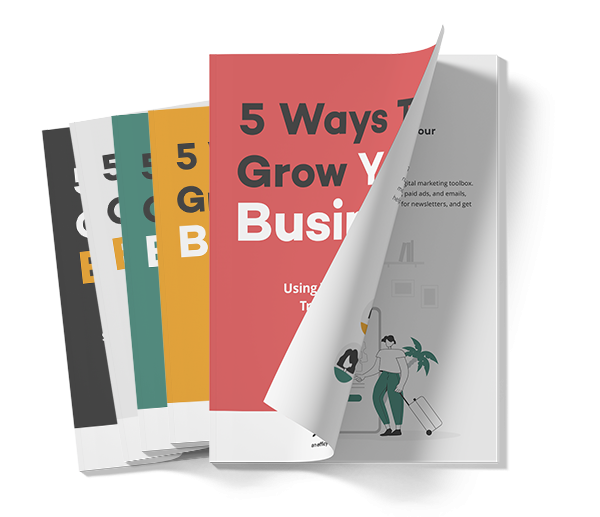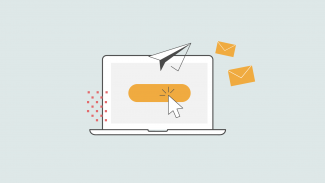Focus on the details: subject lines link texts and preheaders
In our series on email marketing, it is time to cover a couple of things that we find in all newsletters – things that may look like minor details, but can be the difference between an opened letter and an ignored letter. Time to take a look at subject lines, link texts and preheaders!
The subject line
The subject line is best described as the name of your newsletter. It is the first and only thing a recipient sees apart from the name of the sender. The subject line must tell the readers what the letter is about – and be interesting enough to make them open the letter.
The subject line is easily forgotten, and it is often written seconds before the newsletter is sent – usually without too much consideration. But it is important for the overall success of your newsletter, and it deserves a lot of attention. Hera are a few points to consider when writing subject lines!
- Is it tempting? Is there an interesting offer? Do I become intrigued? If the answer to at least one of the questions is “yes”, then there is a good chance that your newsletter will be opened.
- A good subject line should be short. There are several reasons why you need to practice your skills in writing short sentences.
A short subject line can be read at a glance. The competition is fierce, so you need to be swift and get to the point quite fast. Put the important stuff first. People read the first three words most carefully.
A long subject line is cut off in several email clients, especially on mobile devices. It does not matter how good your subject line is if nobody can read it. Begin with the most important information. The first three words are most carefully read.
- Describe the contents – include a call to action Read headlines in newspapers for inspiration. Pay attention to how the editor uses words and phrases – it is often creative and clever, and almost always easy to understand. A headline – or a subject line, for that matter – does not have to be conventional or grammatically correct, as long as it is interesting and possible to understand. The important part is to communicate.
Link texts
”Click here” or ”Read more”? Two of the most widely used link texts in newsletters. Clear and simple – but not necessarily the best choice if you want clicks. Instead, use the link texts to interact with the headlines and to repeat key words and phrases. Encourage action, but make it obvious what will happen once the link gets clicked. Well-written link texts get significantly more clicks than links that say ”Click here”.
Do not use link texts that are too long
Readers decide quickly if links are relevant – it only takes a moment. If the link text is too long, they move on to something else in the newsletter. Try to limit your link texts to four or five words, so your readers can understand them without having to read them carefully. It is often quite easy to shorten.
Read more on how to learn Japanese easily
Could be
Learn Japanese easily
Put the most important words first
Looking at links in newsletters, we tend to see only the first few words of each link text.
Try rearranging the words so that the most important ones comes first:
Here is the schedule for next month’s seminar
Here is the schedule for the seminar next month
A subtle difference? Yes, but it may be very effective. By consequently putting the most important words first, they will be noticed more easily, giving you more clicks.
Preheader
A preheader is, as the word suggests, visible above the header. To be more specific, it is the first line of text in the email message. A preheader is visible directly after the subject line in the inbox of certain email clients.
Usually, you see a text link here to a web version of the letter saying something like “Click here if you can’t read this email”. But you could use this space to more than that.
By pushing the text link to the side, it is possible to write a short sentence that sums up the contents of the letter or highlights your main offer. The preheader becomes a second subject line. It gives readers who scan their inbox quickly some additional information – and that may be the tipping point for them to open your letter.






